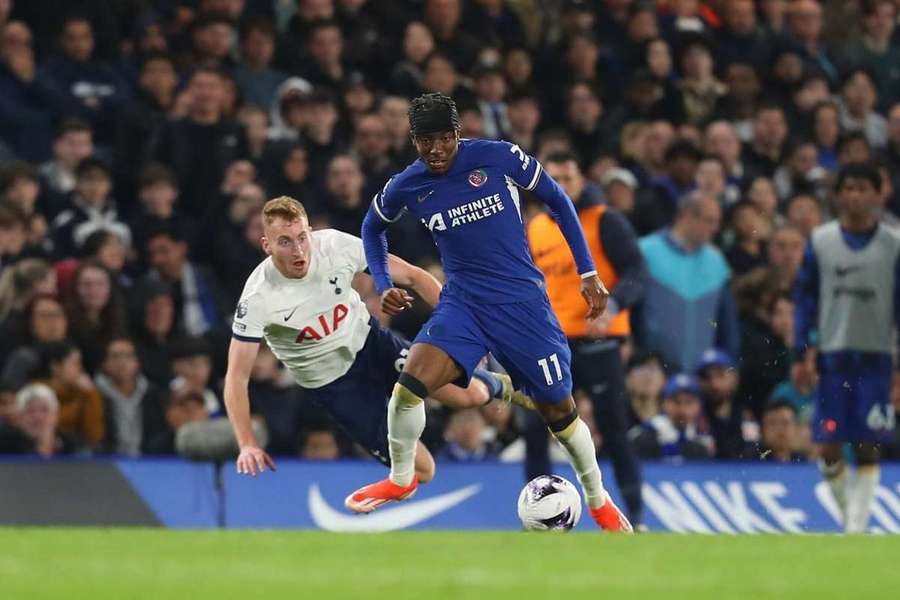2019 Player Competition Data Analysis Meeting

In 2019, player game data analysis will become a hot topic. Fans are paying more and more attention to the performance of players. Game data can not only reflect the strength of players, but also predict the outcome of the game. In this data-driven era, football data analysis is receiving increasing attention.
Player game data analysis provides fans with more information by collecting, sorting and analyzing game data. Indicators such as a player's scores, assists, steals, and pass success rates can quantify a player's performance. By analyzing these indicators, fans can better understand the strength of the players and their role in the game.
In addition to measuring the strength of a player, game data can also predict the outcome of a game. By analyzing historical data of the game, we can find out the strengths and weaknesses of a team and then predict the outcome of the game. Data analysis can not only help fans better understand the game, but also increase their communication and interaction among the fan community.
Player game data analysis will gradually become a decision-support tool for teams and coaches. By analyzing player data and making smarter adjustments and replacements during the game, the team's competitiveness can be effectively improved. Coaches can adjust training plans and tactics based on the analysis of game data, and formulate more effective tactical plans for different opponents.
In addition, player game data analysis will also have an impact on player contracts and transfer markets. Teams can use game data analysis to provide a more objective basis for players 'contract negotiations. The outstanding performance and high-quality data of players can also attract the attention of more teams and increase their value in the transfer market.
Player game data analysis will become a hot topic in football in 2019. Through data analysis, fans can better understand the strength of players, predict game results, and increase communication and interaction; teams and coaches can use data analysis to improve competitiveness and formulate more effective tactical plans; player data also plays an important role in contract negotiations and transfer markets.
RELATED STORIES






LATEST NEWS







